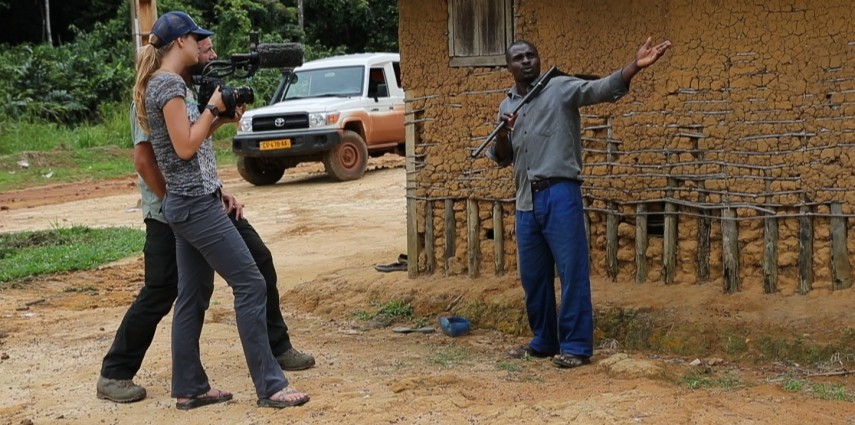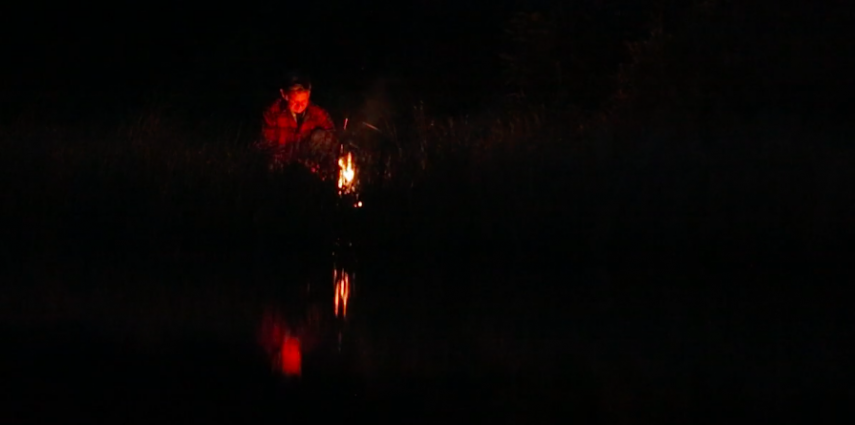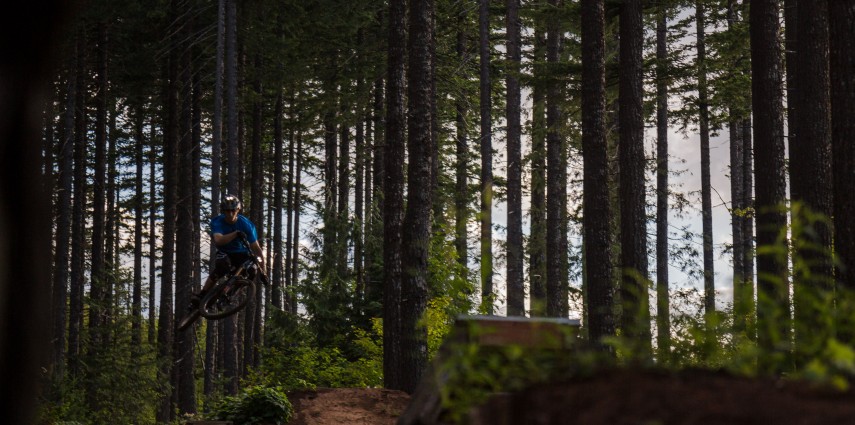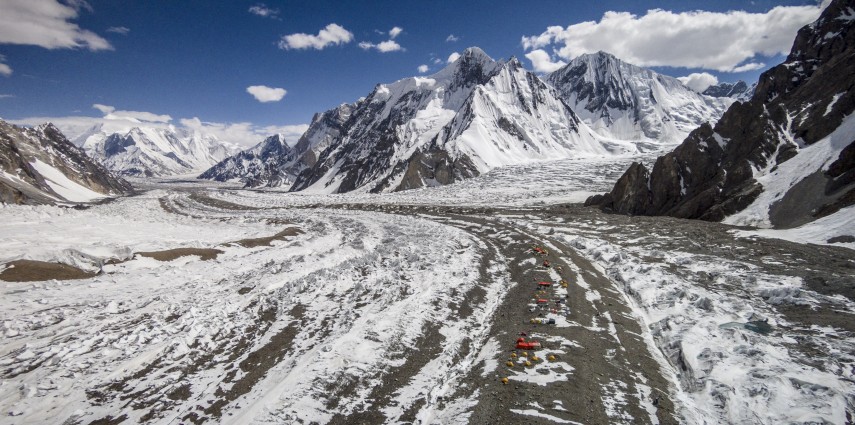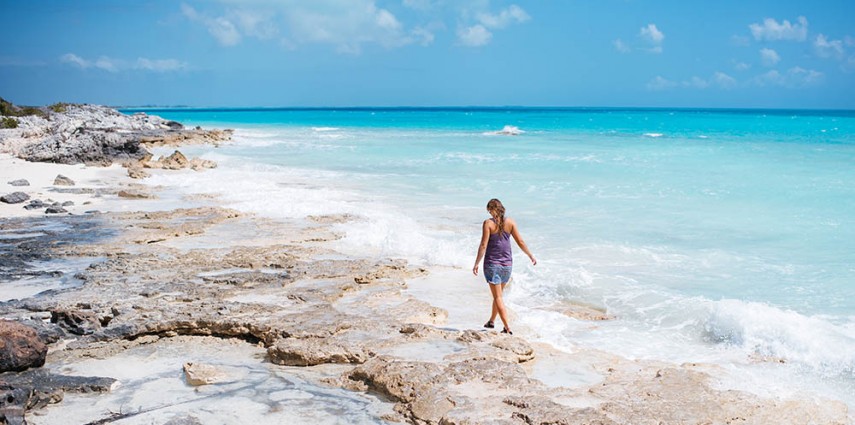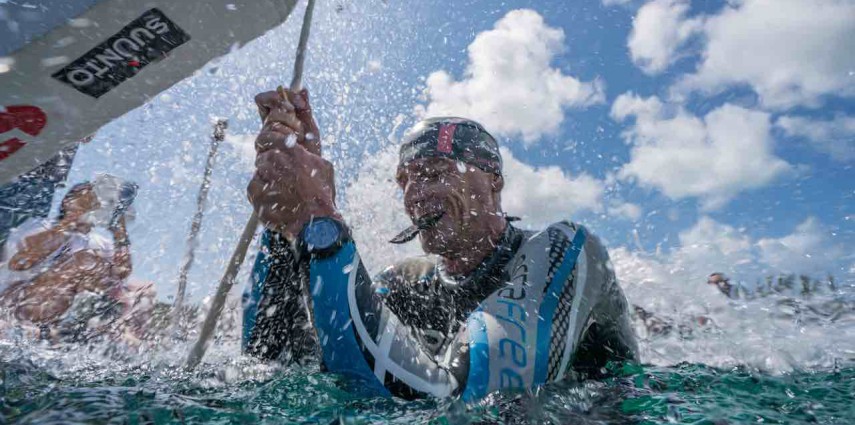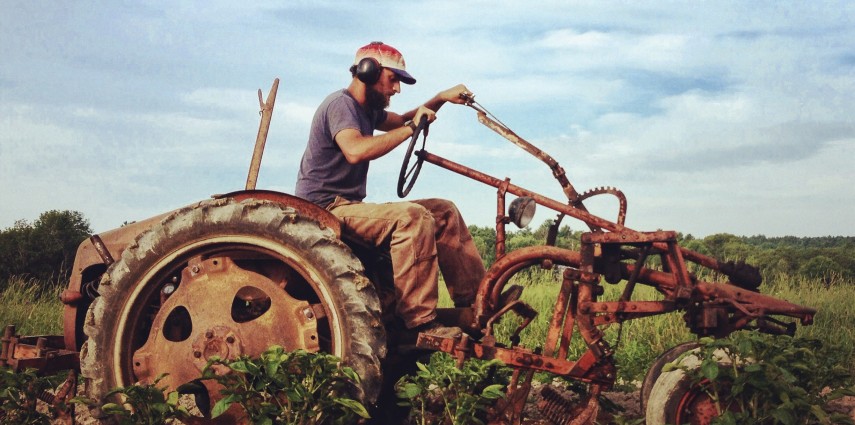I was fortunate enough to chat recently with the fabulously talented Australian travel writer, Nina Karnikowski, on her blog Travels With Nina about a life of wandering across the globe. Check out the interview here or read below.
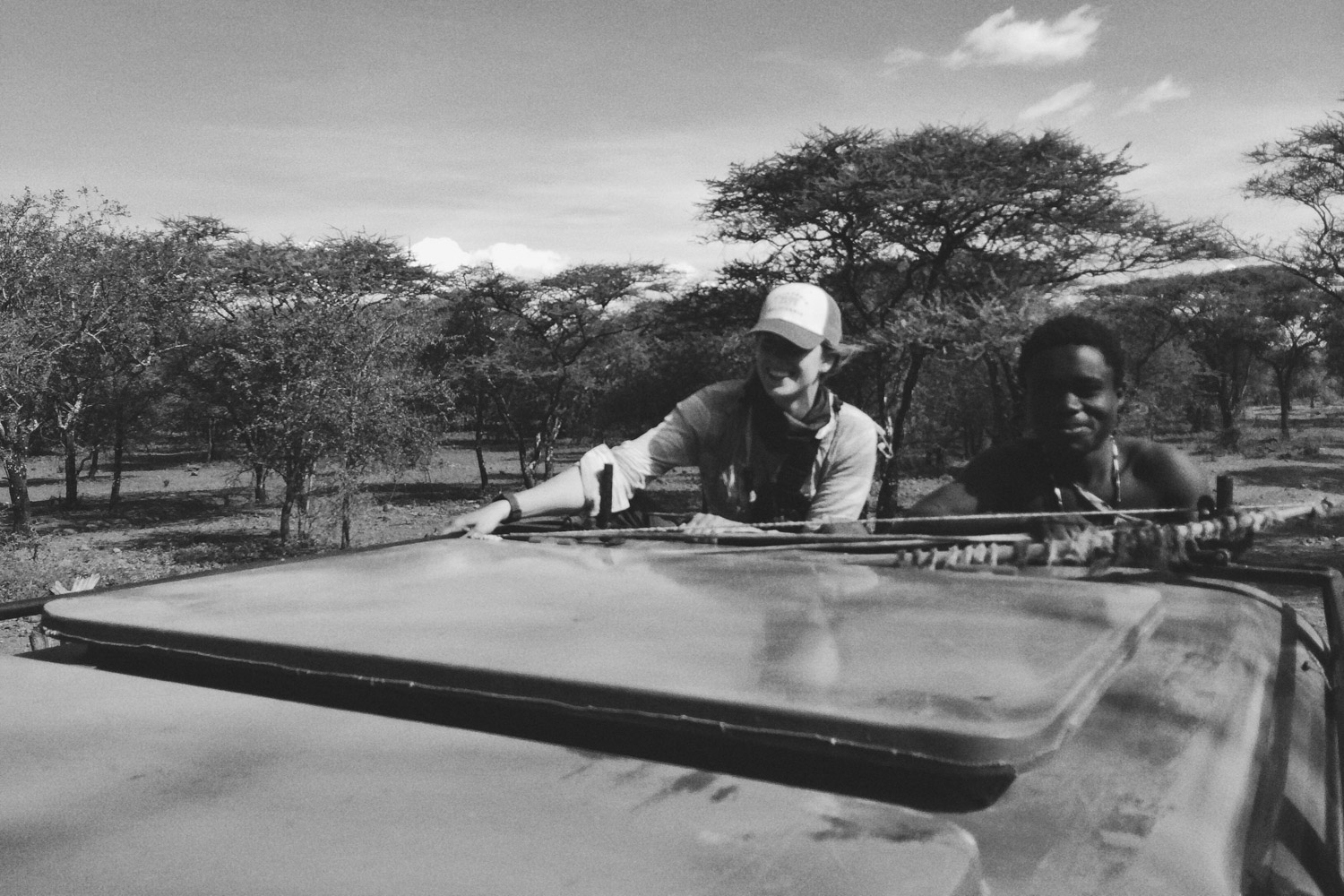
TAHRIA SHEATHER IS THE REAL DEAL. A 29-YEAR-OLD AUSTRALIAN WHO WANDERS THE GLOBE IN SEARCH OF UNIQUE STORIES ABOUT THE NATURAL WORLD IN HER JOB AS PRODUCER FOR NATIONAL GEOGRAPHIC, SHE’S PASSIONATE, ENGAGED AND CONNECTED IN A WAY THAT ONLY THOSE WHO HAVE MADE A SERIOUS EFFORT TO GET TO KNOW OUR INCREDIBLE PLANET ARE. HERE, I GET THE CHANCE TO PICK HER BRAINS ABOUT HER RECENT TRAVELS TO PATAGONIA, MONGOLIA, INDIA AND BEYOND, DISCOVERING WHAT TRAVEL HAS TAUGHT HER ABOUT LIFE, AND HOW SHE CAME TO BE LIVING THE ULTIMATE NOMADIC EXISTENCE.
Tahria you’ve travelled to some incredibly exotic and interesting destinations for your work. Can you give us a snapshot of your recent travels?
As a producer for film and TV, my office is quite often at the far reaches of the globe. Over the past year or so my work, and wanderlust, has taken me across every continent bar Antartica. I’ve followed young cartographers mapping a new national park in Patagonia, documented impoverished labor forces in Chennai, India, eaten traditional goat butter porridge with locals in the Bale Mountains of Ethiopia, and ridden camels across the Mongolian steppe. It’s not quite the conventional nine-to-five gig.
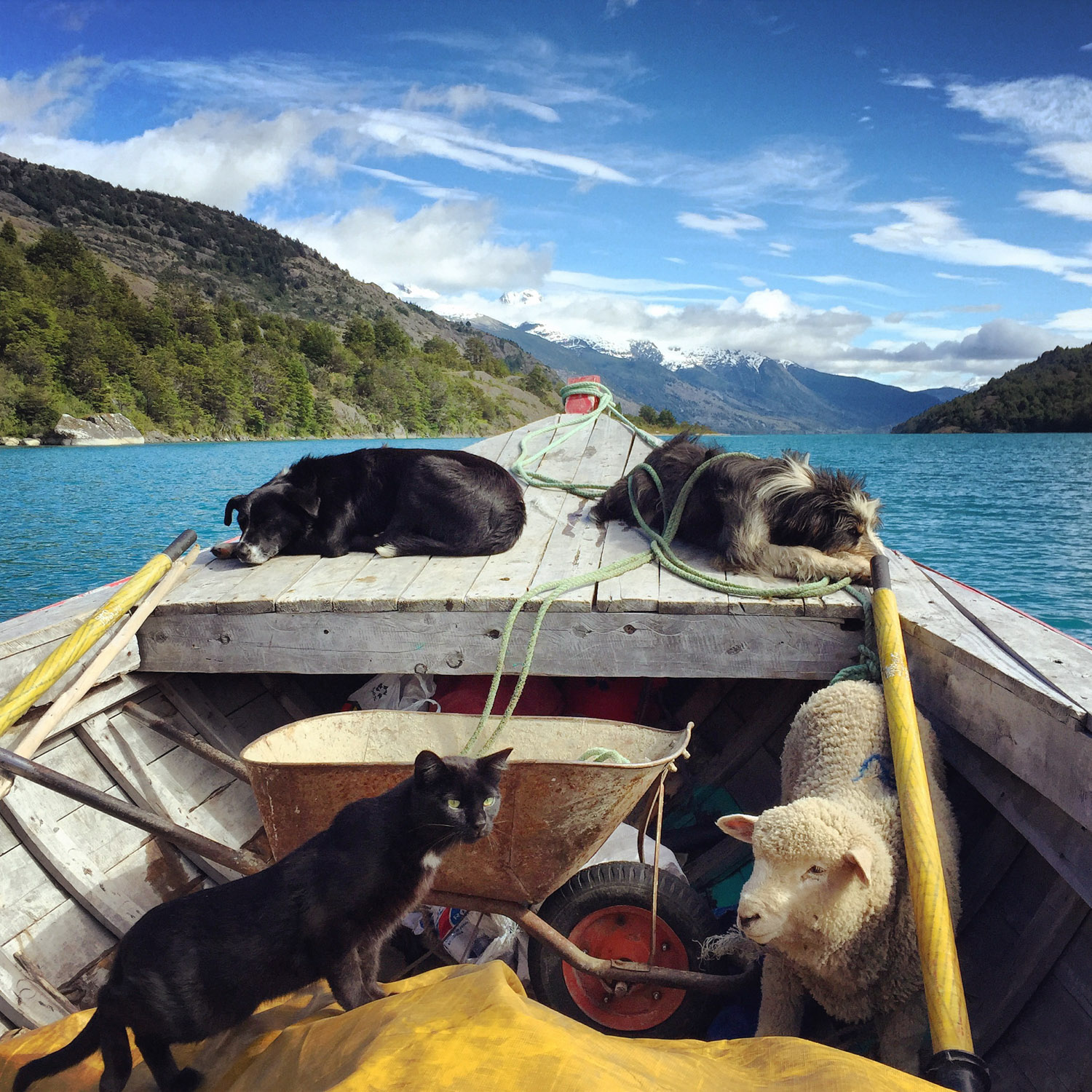
I’d love to hear more about Patagonia, can you fill us in on the path you took?
In the summer of 2014 I worked on a project filming two young cartographers mapping a new national park in Patagonia. It was a fascinating way to experience a place – I think we take for granted being able to pull out a map and orient ourselves in the world. I gained a whole new appreciation for this vocation after a week of tromping over empty, wild mountains and bushwhacking up crumbling, thicket-covered gullies surveying for the first accurate maps to visualize this tract of wilderness.
Then, over Christmas, a few friends and I loaded our backpacks and set off for a hike along the Patagonian ice cap. To reach the trailhead we puttered across the azure Lago Bertrand in a local gaucho’s boat with a menagerie of pet dogs, cats and sheep until we were offloaded and farewelled. And so we walked, for days. Each day the landscape would change – vibrant mossy forests, rocky ridege lines, labyrinthine glaciers, horrendous crumbling moraines, fields of wild berries. Slowly, surely, the obligations of work, of being connected to the world, of reality just slipped away.
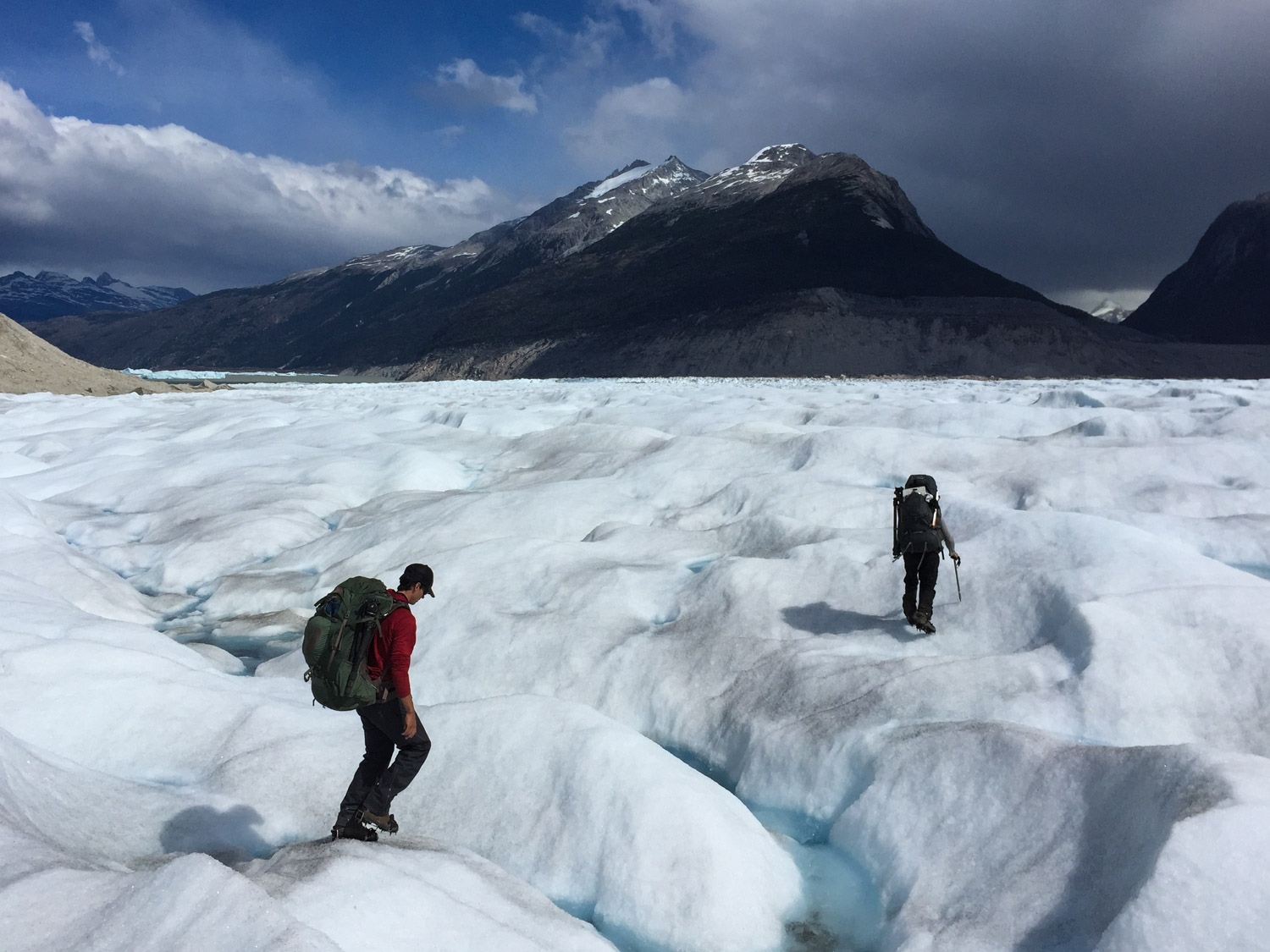
There’s something so blissfully meditative about simply walking – it’s something that builds over days of the same repetitive motion, broken only by brief stops to rest our legs, laze in the sun or drink from pure glacial streams. I feel very fortunate to have had time to walk in such an incredible, untouched landscape for so many days.
The final stop in our journey was an off the grid ranch run by an expat mountain guide, where we spent Christmas Day in traditional gaucho style – slaughtering a sheep and roasting it on the fire. All of us felt very connected to the whole cycle of the life, death and consumption of this animal – something often lacking from what is, for many, the most important meal of the year.
And what about your incredible pearl farming adventures?
In January I was lucky enough to travel to French Polynesia, where a friend grew up on a sustainable pearl farm on the tiny atoll of Ahe in the Tuomotus. It is literally in the middle of the Pacific Ocean; you can imagine the water clarity in a place so far removed from the rest of the world.
We slept in ramshackle wooden bungalows, caught or speared all the protein we ate, bathed with a pot of rainwater every few days, lived off tuna sashimi and hand squeezed coconut milk, and let the ebb and flow of tide, wind and rain govern our days. As someone who grew up by the ocean, it was really amazing to spend time with a community that is so connected to the ocean and the reef – it’s the primary source of food, work and protection for these people. I shot a virtual reality film on this trip, so you’ll be able see this incredible place via 360 film very soon.
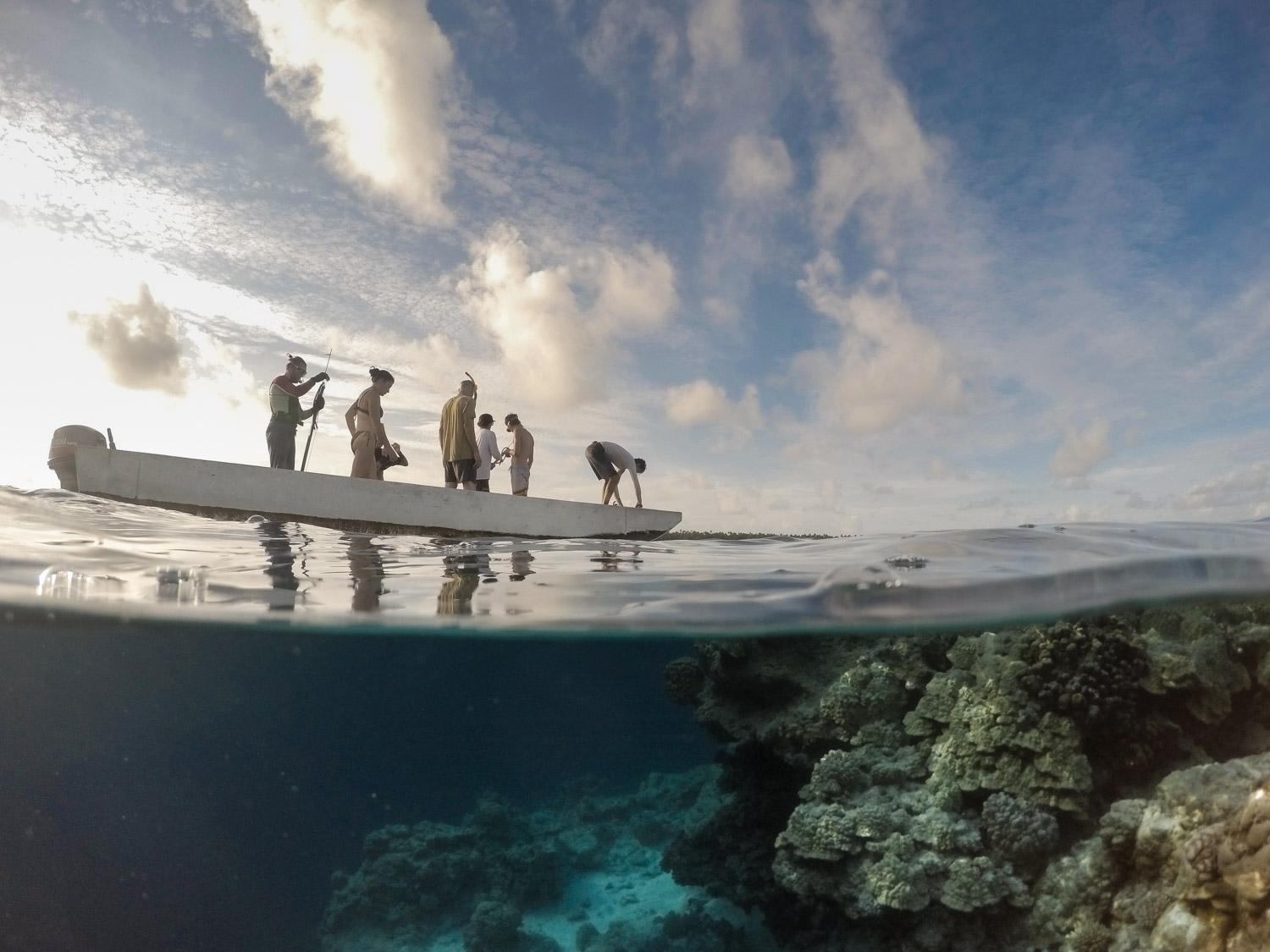
When we were talking before this interview about your work, you said you loved it because your experiences can be very intense and immersive, and as such give you a really intimate view into a place that’s quite different from the usual tourist path. Can you give us an example of this kind of experience?
On a recent shoot in Tanzania, we were working with the Hadza people, a tribe that genetically are thought to be the oldest tribe in the world. They still live as hunter-gatherers, carrying bow and arrow in hand at all times to seize any food opportunity, gliding almost like shadows through the scrubby landscape.
We were scouting an area to film when one of the young men came upon a hive of stingless bees – yes, they exist. With elongated fingers and feet, remnants of our previous lives in trees, one man strolled up the tree with ease and began hacking into the hive. Finally into the hollow of the trunk, he began pulling out great hunks of comb and the others grabbed them, slurping up the honey voraciously. It was a pretty incredible scene – all so focused on acquiring food and fueling themselves, and on savoring nature’s candy. It put our arbitrary shoot obligations in perspective.
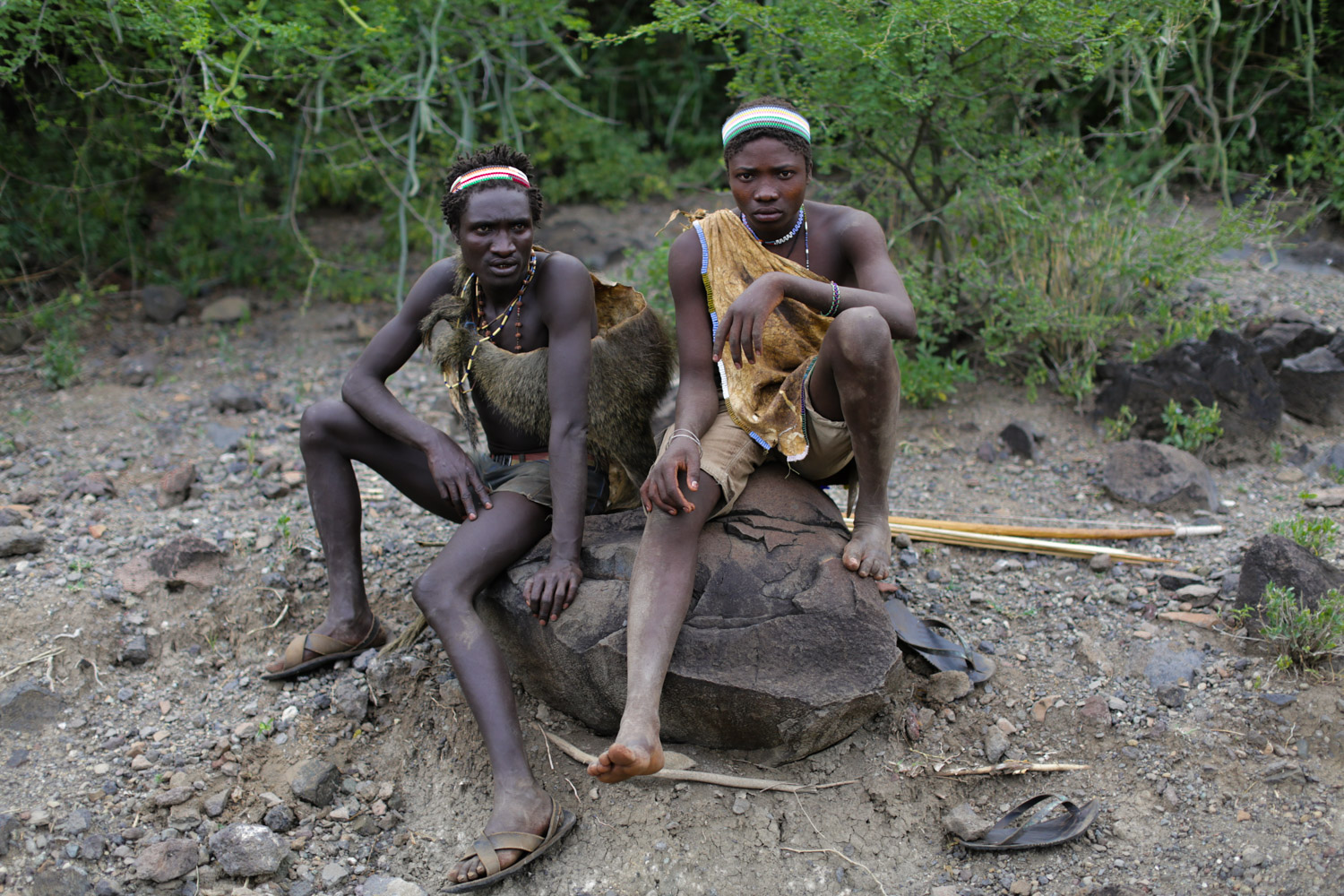
What are the two biggest life lessons you’ve learnt while travelling?
In Chennai, India, I filmed a researcher, Andrew Locke, working with some of the poorest laborers in the city – rickshaw pullers, flower stringers, fisherman and rag pickers – to explore how chronic pain impacted their ability to make a living. One humid afternoon we travelled to the city dump – a sprawling swath of rolling trash hills simmering in the heat, where 11 million people’s garbage comes to rest. There seemed to be a worn path that we followed in between used medical syringes, chip packets and old tires. In the distance we could see barefooted rag pickers wondering through the trash with bags of scraps over their heads that they were collecting to resell for a meager price. Picking through the residue of other’s lives is their livelihood, and this wreaking mess is their office.
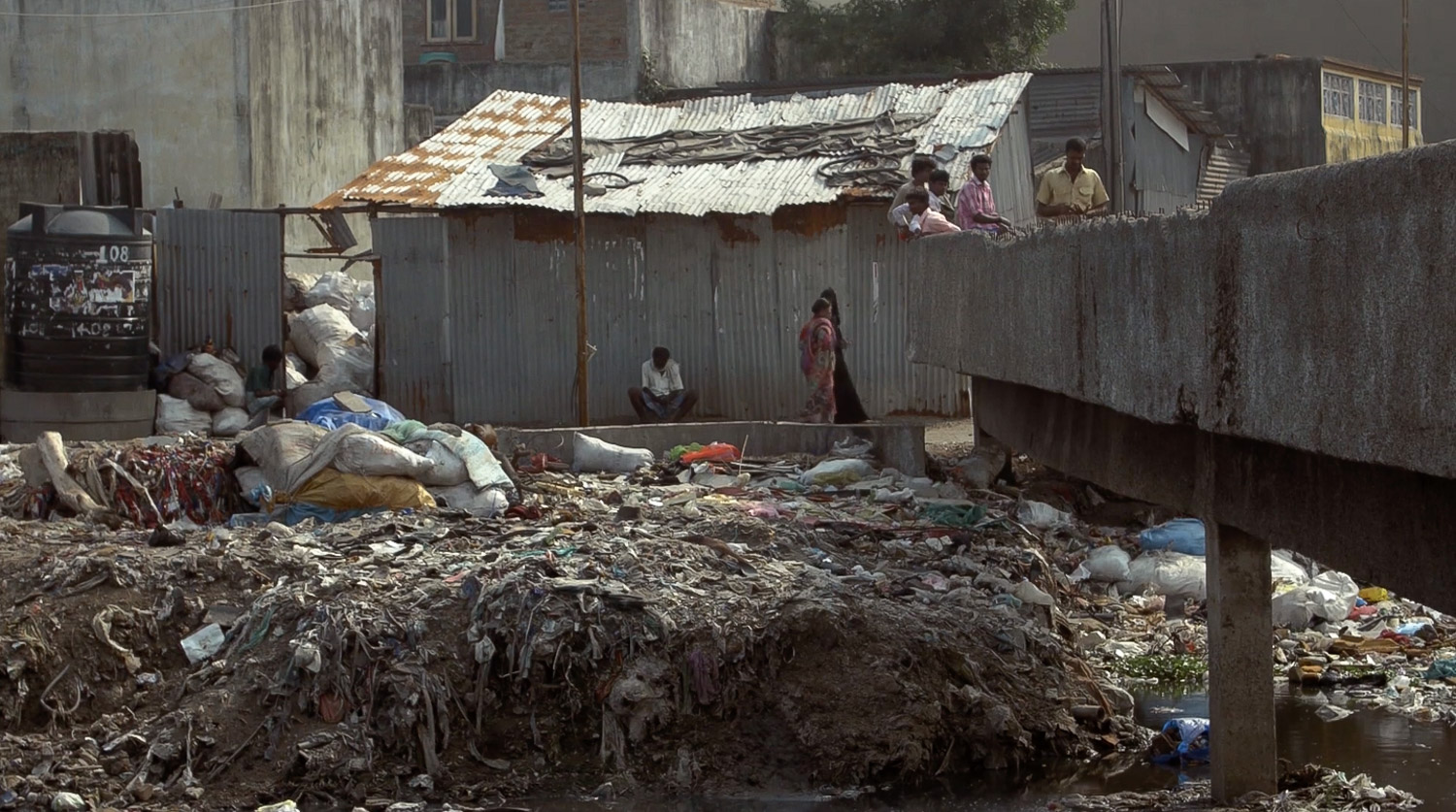
We approached a woman who agreed to speak with Andrew and so, as unobtrusively as possible, we set up to film. Entirely focused on the scene happening before me, I sidestepped and plunged into a stream of thick waste running through the dump, instinctively tossing my camera to safety on the soft trash bank before I dunked neck deep into the sludge. I grabbed the bank and pulled myself up before becoming completely submerged, standing up and looking down at disbelief at what just happened and what disease I may have just contracted. I left my camera operator and leapfrogged back over the trash islands to a back street behind the dump.
Three women living by the entrance of the dump who had greeted us on arrival popped their heads out of their shack to see what the silly white girl had done to herself. Immediately, they laughed together in the local dialect, Tamil, then filled pails of water while I stood in the middle of the street amidst a growing crowd as they poured fresh water over me. Then, they brought me by hand into their shack, stripped me down in their toilet-slash-shower, gave me a block of soap and allowed me to wash myself clean. It was one of those experiences you can’t believe actually happened to you, and I took so much away from it.
1) Always keep one eye on where you’re heading.
2) The kindness of strangers is a universal human trait irrespective of culture, wealth or language.
3) Most peoples’s lives are so, so, so much harder than ours and they’ll do just about anything to make a living – so be gracious.
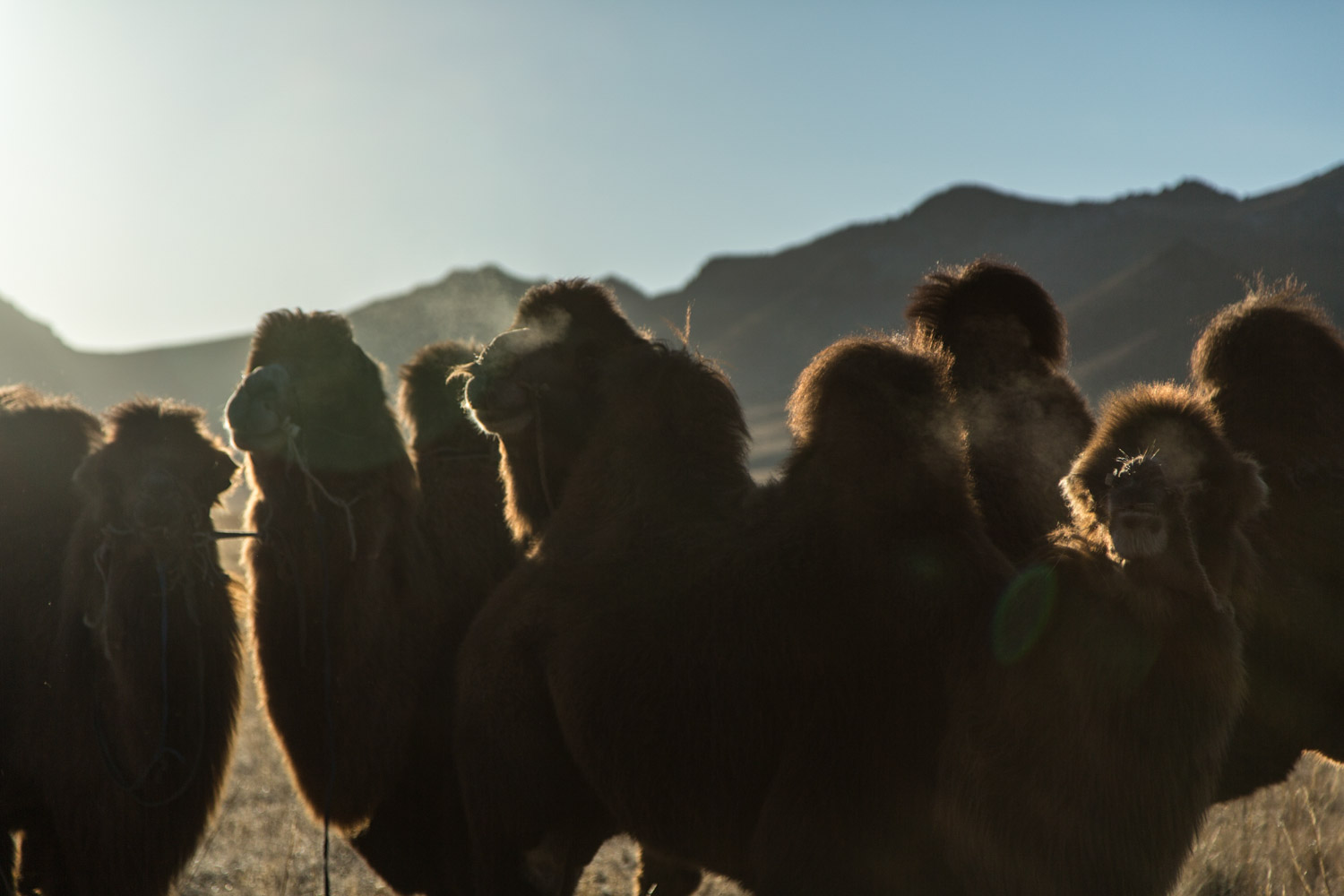
Another valuable lesson came from the nomadic herders of Mongolia. In the late fall, I spent a few weeks on the steppe for a shoot and spent a lot of time with one herder and his family. Observing them in their daily lives, a lifestyle that has changed little in 5000 years, these people are self sufficient in a way our comfortable western lifestyles would never allow us to be.
They almost completely rely on their herd for milk, meat, warmth, fuel and materials. They live with only what they need and make almost everything themselves, from rope corded with camel hair to wooden stalls for their herd to aaruul, the rock hard cheese curds dried in the sun on the roof of their ger (Mongolian yurt). They are so capable of fundamentally caring for their own needs, where we have devices, appliances, stores and other shortcuts to take care of us. They are so connected to the cycles of energy that support their lives, and their priorities are simple and fundamental. That sort of stark dichotomy makes me wonder a little about whether our lifestyle truly is progressive.
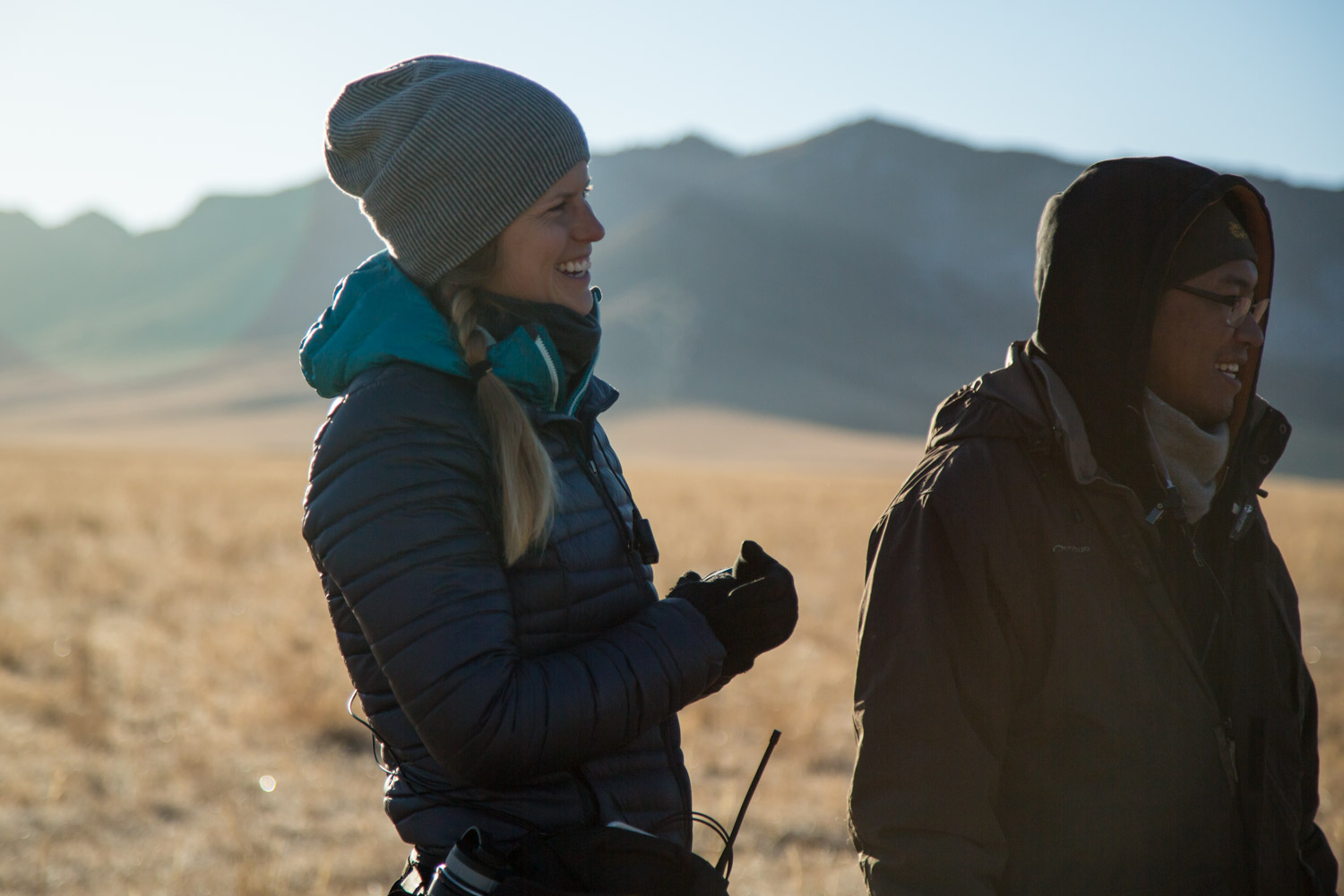
How did you start out in the world of producing that ultimately led you to this nomadic life?
I think I’ve always been afflicted by chronic restlessness and perhaps a little grass-is-greener syndrome. But the steps toward a nomadic life have been incremental: the first being my first overseas trip, somewhat late actually, in my first year of university. My sister had recently passed away and gifted me some money, which I promptly used to buy a ticket to South America, somewhat as an escape from grief and as a tribute to her, who would have done the same. I traveled at times with friends, other times alone, made all the rookie first traveler mistakes – had my possessions stolen, emergency surgeries, flew everywhere I should have traveled overland – and in a matter of weeks saw all these worlds so different from my own. It fueled the wanderlust fire.
Later, when I was living on the east coast of the US, I connected with a talented female photographer who took me under her wing and we began a very intimate journey together traversing the wilds of Maine in her van, making films and images and learning the power and reach of story. It seems so simple, but stories are everywhere and infinite. So by choosing a career path that offers neverending potential to explore by producing for a living, I could continue to feed my wanderlust.
What advice would you give people wanting to follow an alternative career path like yours?
Prepare to feel constantly lost, and learn to relish it.
Where is your favorite place in the world?
Home. It’s the most safe, familiar, loving place in the world for me and is a grounding place to which I can always return – physically or figuratively – after time on the road.
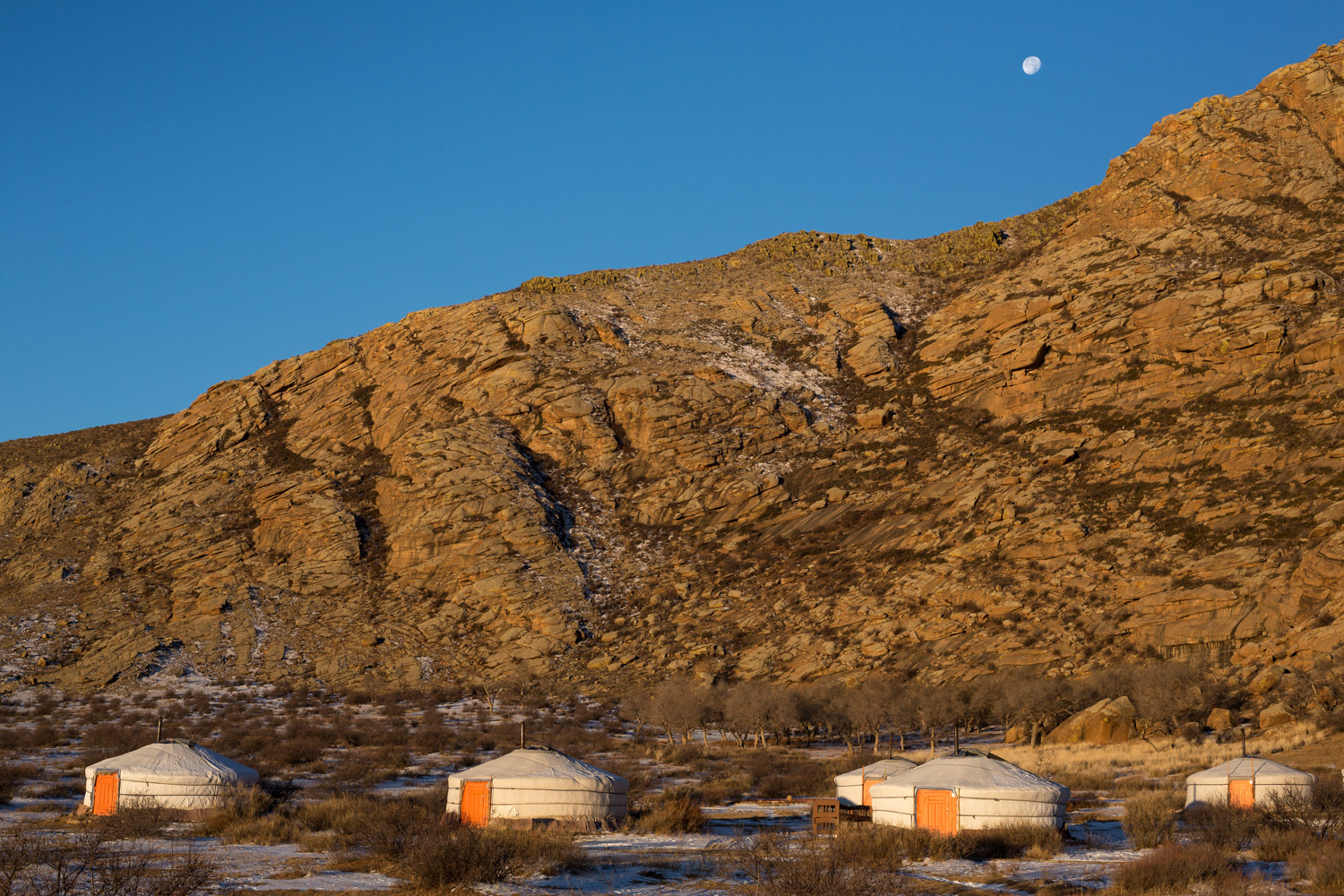
What’s the biggest regret you’ve had in your travels?
Because a lot of my travel is for work, I often find myself so wrapped up in the story, the shoot, getting what we need, the logistical obstacles that confront me, that I find I’m often not fully present in the experience. I can be in the most wild, outlandish, unexpected situation that I’m never likely to experience again, but my head can be clouded in, “did we get that shot?”, “I still need to line up XYZ for tomorrow”, “we’re running out of daylight” etc. Sometimes I need to press pause on the errant thoughts and just be, because I’ll never have that moment back.
Why do you think travel is so important for personal growth?
Well, beyond all the obvious takeaways – exposing you to new perspectives; learning from different cultures, people and ways of living; nurturing tolerance and empathy for others and appreciation for this fragile natural world that is our home – there is a constant rejuvenation and renewal that comes with travel. The act of boarding a plane/bus/train/horse and moving to another space removes you from your reality momentarily and, when you return, you bring with you fragments of the experiences had, lessons learned and relationships fostered. Your reality in the present becomes richer because of your past travel, for those around you as well. In that way I sort of see travelers as conduits for culture and knowledge.
Featured on Travels With Nina February 16th, 2016Tahria

